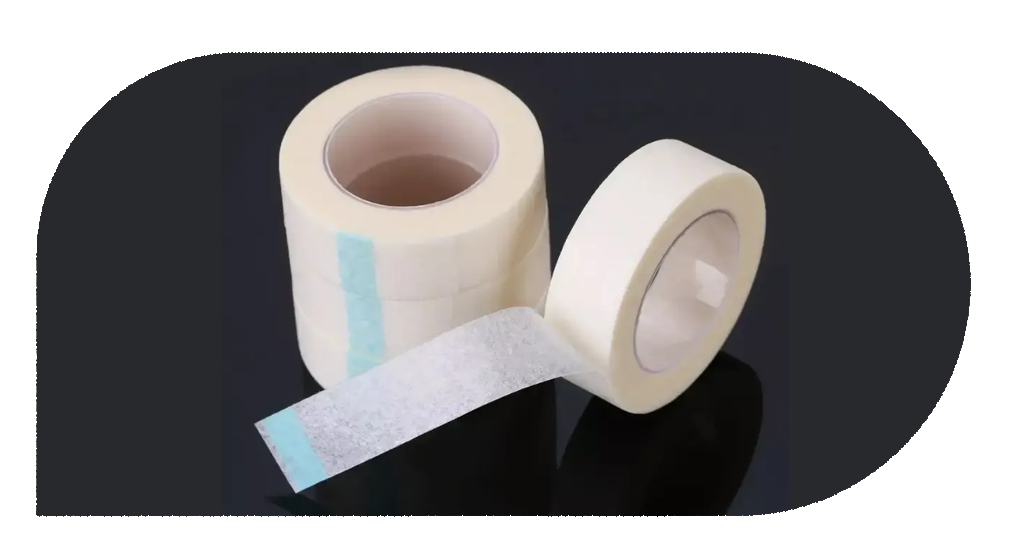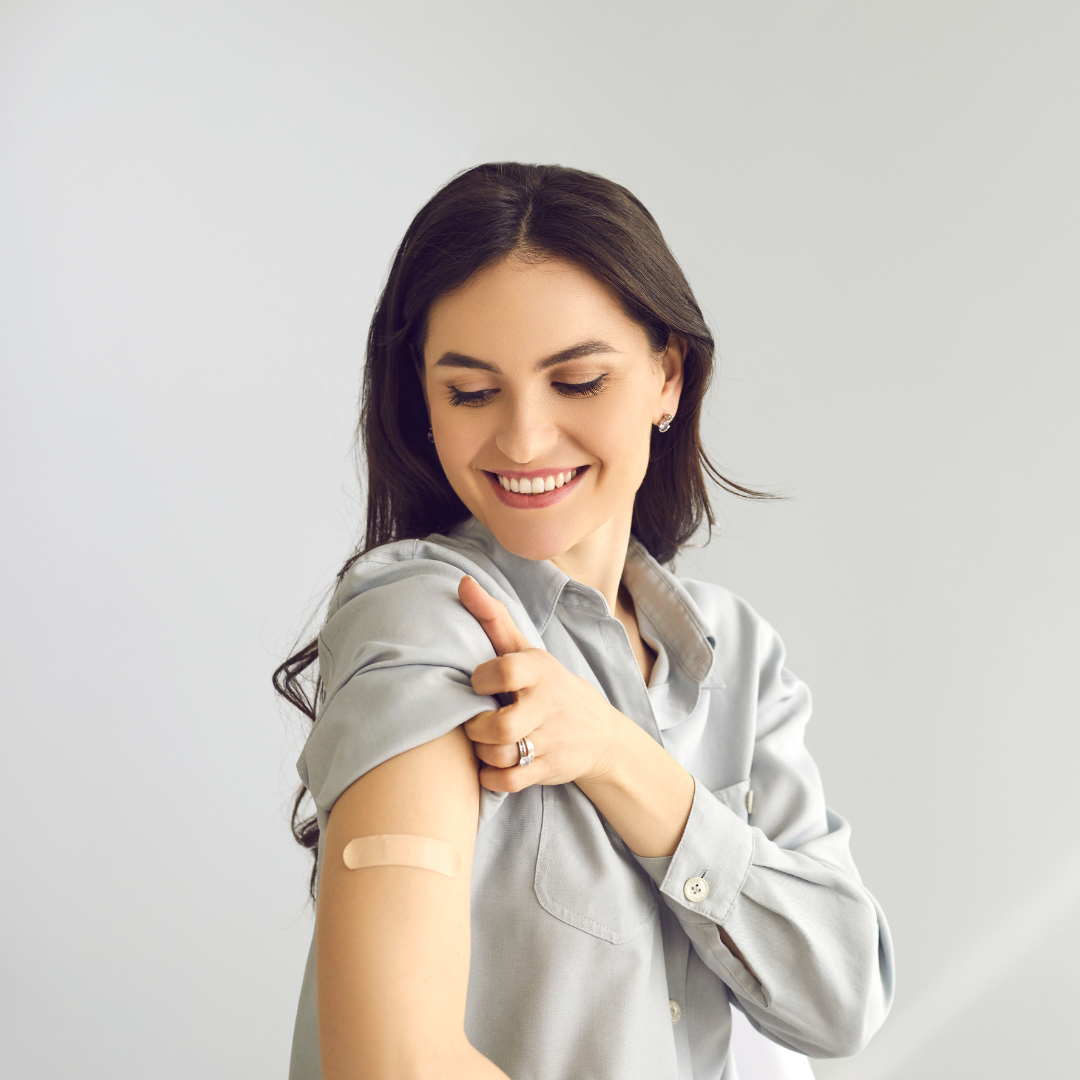Diabetes Devices Tape Tips

Introduction
Below is a quick guide to various types of tapes you can use and tips to secure your infusion sets and CGMs effectively.
Managing diabetes involves a whole set of tools, technologies, and practices designed to help you maintain optimal blood glucose levels. Insulin pumps and Continuous Glucose Monitors (CGMs) have revolutionized the way we manage this condition. However, one common challenge that users face is keeping these devices securely attached to their bodies. Enter the world of tapes and adhesives!
Note: Always consult your healthcare provider for personalized medical advice. The information provided here is for educational purposes.
Types of Tapes and Adhesives
Medical Adhesive Tapes
- Transpore Tape: This is a hypoallergenic tape that is generally gentle on the skin.
- Micropore Tape: This is another hypoallergenic option that allows the skin to breathe.
Athletic Tapes
- Kinesiology Tape: This tape is stretchy and often used in sports but can also be useful for securing devices.
Specialty Tapes
- Tegaderm Film: This is a transparent medical dressing film.
- Opsite: This transparent film is waterproof.
- IV300: This is also a transparent film.
Adhesive Patches or Tapes
- Skin Grip: Can be placed over the CGM or infusion set to secure in place.
General Tips
Skin Preparation
- Clean Skin Surface: Always start with a clean, dry area of skin.
- Skin Barrier: Use a skin-prep barrier wipe to protect your skin and help adhesives stick better.
- Skin Adhesive: Follow the directions and use the recommended adhesive remover when you take off your CGM or change your infusion site when using an adhesive.
Application
- Don’t Stretch: Avoid stretching the tape as it can cause the skin to pinch or irritate.
- Warmth: Some tapes stick better when warmed a little. Rubbing the tape between your hands before application may help.
Removal
- Slow and Steady: When removing any adhesive, go slow to minimize skin irritation.
- Consider: Changing site after a shower or using a gentle oil to remove tackiness.
- Adhesive Removers: Consider these if the tape doesn’t come off easily.
Tips for Insulin Pump Infusion Sets
Double Overlapping
Use two different types of tape, one under and one over the infusion set. This can provide an extra layer of security.
Reinforcement
After the infusion set is in place, you can use additional strips of tape for added stability.
Rotation
Always rotate your infusion sites to prevent scar tissue and adjust your tape technique as needed to fit the site.
Tips for Continuous Glucose Monitors (CGMs)
Reinforcement Grid
Use strips of tape to create a grid pattern over the CGM, adding an extra layer of security.
Flex Points
Place the CGM in an area where your body flexes less frequently to ensure the tape holds.
Check Regularly
Inspect the adhesive edges regularly. If they start to peel, reinforce them with extra tape.
Conclusion
While the main purpose of using tapes and adhesives is to keep the devices securely attached to your body, it’s also important to be mindful of any skin irritation or allergic reactions. Do not hesitate to consult your healthcare provider if you experience persistent issues. With the right kind of tape and technique, you can focus more on living your life and less on managing your devices.
This site is for educational purposes only. Talk to your doctor or healthcare provider before making any decisions about your health.



